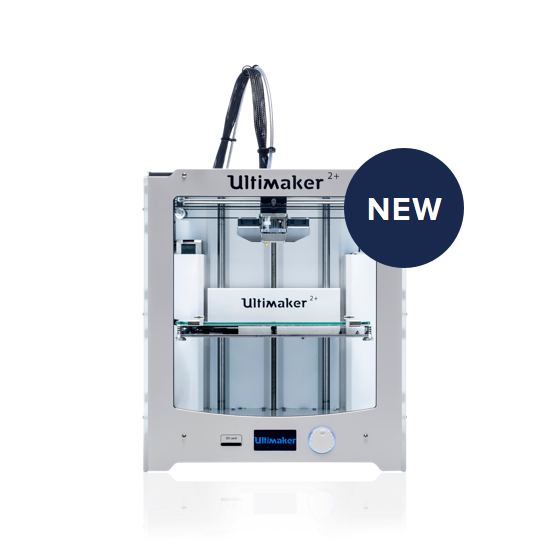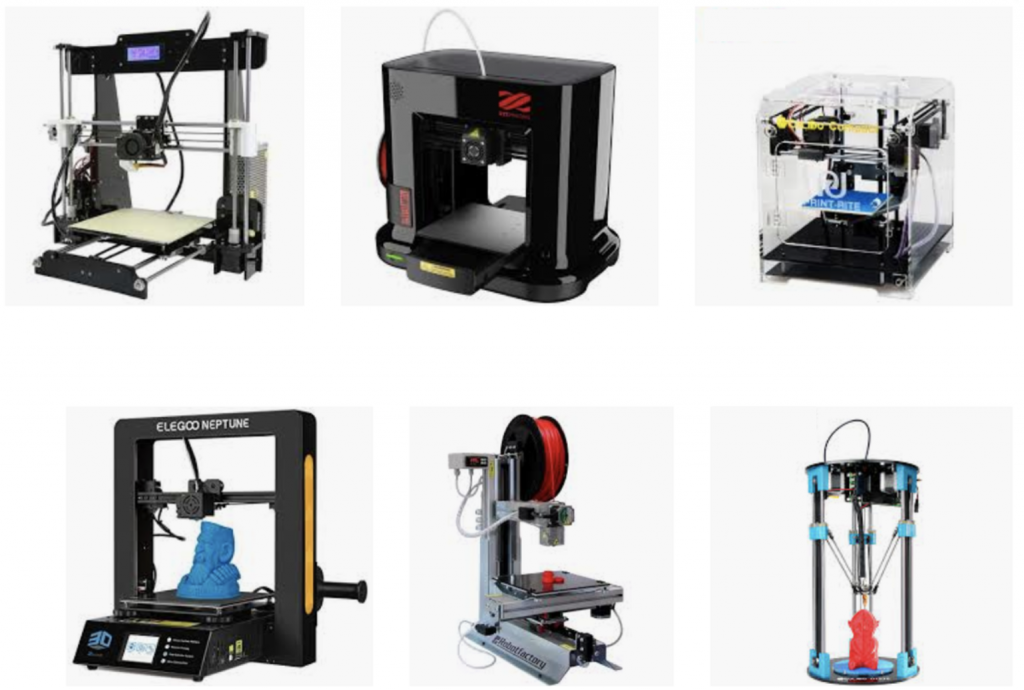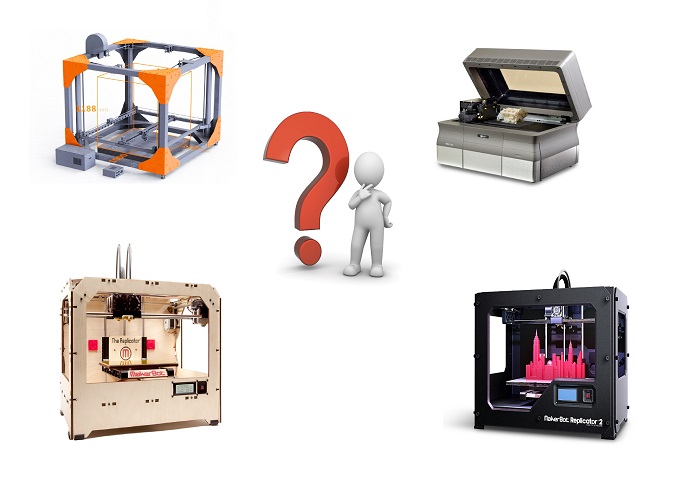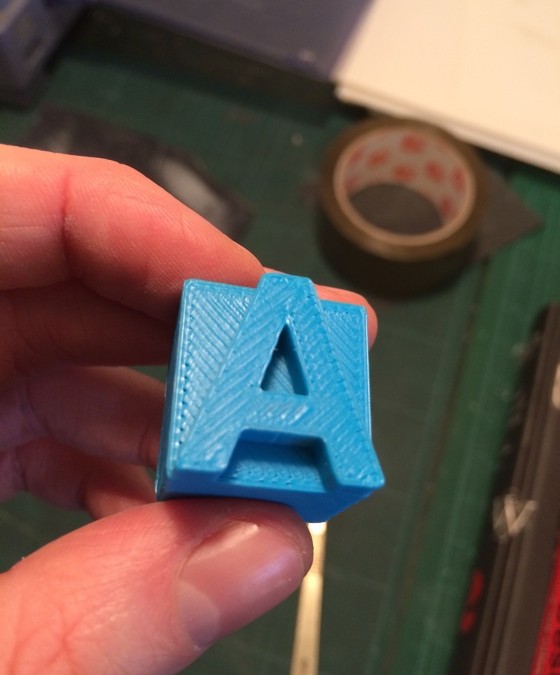Harvard 3d printer
Harvard researchers help 3D printing take its next step – Harvard Gazette
Science & Technology
In this 3D printing process, the little dot of blue light triggers a chemical reaction that makes the resin harden into plastic.
Credit: Tracy H. Schloemer and Arynn O. Gallegos
Researchers from Rowland Institute eliminate need for 2D layering
By Juan Siliezar Harvard Staff Writer
Date
Don’t be fooled by the name. While 3D printers do print tangible objects (and quite well), how they do the job doesn’t actually happen in 3D, but rather in regular old 2D.
Working to change that is a group of former and current researchers from the Rowland Institute at Harvard.
First, here’s how 3D printing works: The printers lay down flat layers of resin, which will harden into plastic after being exposed to laser light, on top of each other, again and again from the bottom to the top. Eventually, the object, such as a skull, takes shape. But if a piece of the print overhangs, like a bridge or a wing of a plane, it requires some type of flat support structure to actually print, or the resin will fall apart.
The researchers present a method to help the printers live up to their names and deliver a “true” 3D form of printing. In a new paper in Nature, they describe a technique of volumetric 3D printing that goes beyond the bottom-up, layered approach. The process eliminates the need for support structures because the resin it creates is self-supporting.
“What we were wondering is, could we actually print entire volumes without needing to do all these complicated steps?” said Daniel N. Congreve, an assistant professor at Stanford and former fellow at the Rowland Institute, where the bulk of the research took place. “Our goal was to use simply a laser moving around to truly pattern in three dimensions and not be limited by this sort of layer-by-layer nature of things. ”
”
The key component in their novel design is turning red light into blue light by adding what’s known as an upconversion process to the resin, the light reactive liquid used in 3D printers that hardens into plastic.
In 3D printing, resin hardens in a flat and straight line along the path of the light. Here, the researchers use nano capsules to add chemicals so that it only reacts to a certain kind of light — a blue light at the focal point of the laser that’s created by the upconversion process. This beam is scanned in three dimensions, so it prints that way without needing to be layered onto something. The resulting resin has a greater viscosity than in the traditional method, so it can stand support-free once it’s printed.
“We designed the resin, we designed the system so that the red light does nothing,” Congreve said. “But that little dot of blue light triggers a chemical reaction that makes the resin harden and turn into plastic. Basically, what that means is you have this laser passing all the way through the system and only at that little blue do you get the polymerization, [only there] do you get the printing happening. We just scan that blue dot around in three dimensions and anywhere that blue dot hits it polymerizes and you get your 3D printing.”
We just scan that blue dot around in three dimensions and anywhere that blue dot hits it polymerizes and you get your 3D printing.”
The researchers used their printer to produce a 3D Harvard logo, Stanford logo, and a small boat, a standard yet difficult test for 3D printers because of the boat’s small size and fine details like overhanging portholes and open cabin spaces.
The researchers, who included Christopher Stokes from the Rowland Institute, plan to continue developing the system for speed and to refine it to print even finer details. The potential of volumetric 3D printing is seen as a game changer, because it will eliminate the need for complex support structures and dramatically speed up the process when it reaches its full potential. Think of the “replicator” from “Star Trek” that materializes objects all at once.
But right now, the researchers know they have quite a ways to go.
“We’re really just starting to scratch the surface of what this new technique could do,” Congreve said.
Multimaterial 3D printing manufactures complex objects, fast
Press contact
FacebookTwitterEmailLinkedIn
3D printers are revolutionizing manufacturing by allowing users to create any physical shape they can imagine on-demand. However, most commercial printers are only able to build objects from a single material at a time and inkjet printers that are capable of multimaterial printing are constrained by the physics of droplet formation. Extrusion-based 3D printing allows a broad palette of materials to be printed, but the process is extremely slow. For example, it would take roughly 10 days to build a 3D object roughly one liter in volume at the resolution of a human hair and print speed of 10 cm/s using a single-nozzle, single-material printhead. To build the same object in less than one day, one would need to implement a printhead with 16 nozzles printing simultaneously.
To build the same object in less than one day, one would need to implement a printhead with 16 nozzles printing simultaneously.
Now, a new technique called multimaterial multinozzle 3D (MM3D) printing developed at the Harvard John A. Paulson School of Engineering and Applied Sciences (SEAS) and Harvard’s Wyss Institute for Biologically Inspired Engineering uses high-speed pressure valves to achieve rapid, continuous, and seamless switching between up to eight different printing materials, enabling the creation of complex shapes in a fraction of the time currently required using printheads that range from a single nozzle to large multinozzle arrays. These 3D printheads themselves are manufactured using 3D printing, enabling their rapid customization and facilitating adoption by others in the fabrication community. Each nozzle is capable of switching materials at up to 50 times per second, which is faster than the eye can see, or about as fast as a hummingbird beats its wings. The research is reported in Nature.
MM3D printing’s unique 3D-printed printhead design allows it to seamlessly switch between multiple different materials up to 50 times per second, greatly streamlining the process of printing complex structures. Credit: Wyss Institute at Harvard University
“When printing an object using a conventional extrusion-based 3D printer, the time required to print it scales cubically with the length of the object, because the printing nozzle has to move in three dimensions rather than just one,” said co-first author Mark Skylar-Scott, a Research Associate at the Wyss Institute. “MM3D’s combination of multinozzle arrays with the ability to switch between multiple inks rapidly effectively eliminates the time lost to switching printheads and helps get the scaling law down from cubic to linear, so you can print multimaterial, periodic 3D objects much more quickly.”
The key to MM3D printing’s speedy ink-switching is a series of Y-shaped junctions inside the printhead where multiple ink channels come together at a single output nozzle. The shape of the nozzle, printing pressure, and ink viscosity are all precisely calculated and tuned so that when pressure is applied to one of the “arms” of the junction, the ink that flows down through that arm does not cause the static ink in the other arm to flow backwards, which prevents the inks from mixing and preserves the quality of the printed object. By operating the printheads using a bank of fast pneumatic valves, this one-way flow behavior allows the rapid assembly of multimaterial filaments that flow continuously out from each nozzle, and enables the construction of a 3D multimaterial part. The length of the ink channels can also be adjusted to account for materials that have different viscosities and yield stresses, and thus flow more quickly or slowly than other inks.
The shape of the nozzle, printing pressure, and ink viscosity are all precisely calculated and tuned so that when pressure is applied to one of the “arms” of the junction, the ink that flows down through that arm does not cause the static ink in the other arm to flow backwards, which prevents the inks from mixing and preserves the quality of the printed object. By operating the printheads using a bank of fast pneumatic valves, this one-way flow behavior allows the rapid assembly of multimaterial filaments that flow continuously out from each nozzle, and enables the construction of a 3D multimaterial part. The length of the ink channels can also be adjusted to account for materials that have different viscosities and yield stresses, and thus flow more quickly or slowly than other inks.
“Because MM3D printing can produce objects so quickly, one can use reactive materials whose properties change over time, such as epoxies, silicones, polyurethanes, or bio-inks,” said co-first author Jochen Mueller, a Research Fellow at SEAS and the Wyss Institute.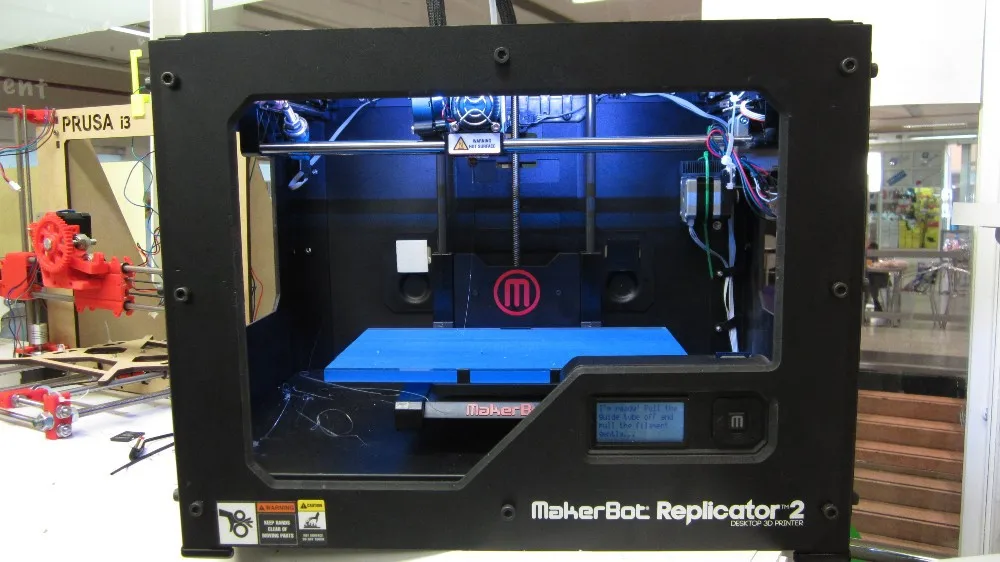 “One can also readily integrate materials with disparate properties to create origami-like architectures or soft robots that contain both stiff and flexible elements.”
“One can also readily integrate materials with disparate properties to create origami-like architectures or soft robots that contain both stiff and flexible elements.”
To demonstrate their technique, the researchers printed a Miura origami structure composed of stiff “panel” sections connected by highly flexible “hinge” sections. Previous methods of building such a structure require manually assembling them together into stacked layers - the MM3D printhead was able to print the entire object in a single step by using eight nozzles to continuously extrude two alternating epoxy inks whose stiffnesses differed by four orders of magnitude after being cured. The hinges withstood over 1,000 folding cycles before failing, indicating the high quality of the transitions between the stiff and flexible materials achieved during printing.
The printhead can accommodate multiple nozzles, each of which can print up to eight different materials. A series of branched channels distributes the “inks” to the nozzles. Credit: Lori K. Sanders
Credit: Lori K. Sanders
Rapid switching between inks is achieved thanks to special Y-shaped junctions in each nozzle (far left) that are precisely tuned to prevent mixing or backflow of the inks during printing. The junctions can be multiplexed for larger printing jobs, and can be customized to account for materials with different physical properties (second from right). Credit: Lori K. Sanders
MM3D printing can also be used to create more complex objects, including actuating robots. The research team designed and printed a soft robot composed of rigid and soft elastomers in a millipede-like pattern that included embedded pneumatic channels that enable the soft “muscles” to be compressed sequentially by a vacuum, making the robot “walk.” The robot was able to move at nearly half an inch per second while carrying a load eight times its own weight, and could be connected to other robots to carry heavier loads.
“This method enables the rapid design and fabrication of voxelated matter, which is an emerging paradigm in our field,” said corresponding author Jennifer A. Lewis, the Hansjörg Wyss Professor of Biologically Inspired Engineering at SEAS and Core Faculty Member at the Wyss Institute. “Using our broad palette of functional, structural, and biological inks, disparate materials can now be seamlessly integrated into 3D-printed objects on-demand.”
Lewis, the Hansjörg Wyss Professor of Biologically Inspired Engineering at SEAS and Core Faculty Member at the Wyss Institute. “Using our broad palette of functional, structural, and biological inks, disparate materials can now be seamlessly integrated into 3D-printed objects on-demand.”
Importantly, current MM3D printheads can only print periodic (i.e., repeating) parts. But the team envisions that MM3D printing will continue to evolve, eventually featuring nozzles that can extrude different inks at different times, smaller nozzles for greater resolution, and even larger arrays for rapid, single-step 3D printing at a wide range of size and resolution scales. They are also exploring the use of sacrificial inks to create even more complex shapes.
Claas Visser, a former Postdoctoral Fellow at the Wyss Institute and SEAS, also contributed to this work. The research was supported by the Vannevar Bush Faculty Fellowship Program through the Office of Naval Research, the National Science Foundation (Harvard MRSEC), and the GETTYLAB.
Topics: Materials
Scientist Profiles
Jennifer Lewis
Hansjorg Wyss Professor of Biologically Inspired Engineering
Scientists have developed programmable bioink for 3D printing of living tissues and organs
Programmable ink from microorganisms for 3D printing of living tissues, made from genetically modified protein nanofibers. The new technology could be used to print human tissues and eventually entire organs.
Scientists have developed the first microbial ink, made entirely of bacteria, that can be used to print 3D materials with unique properties found in living organisms. For example, the technology could be used to bind toxic chemicals that pollute the environment or produce anti-cancer drugs.
Fig.1 Schematic diagram of the technology for the development, production and functional application of microbial ink.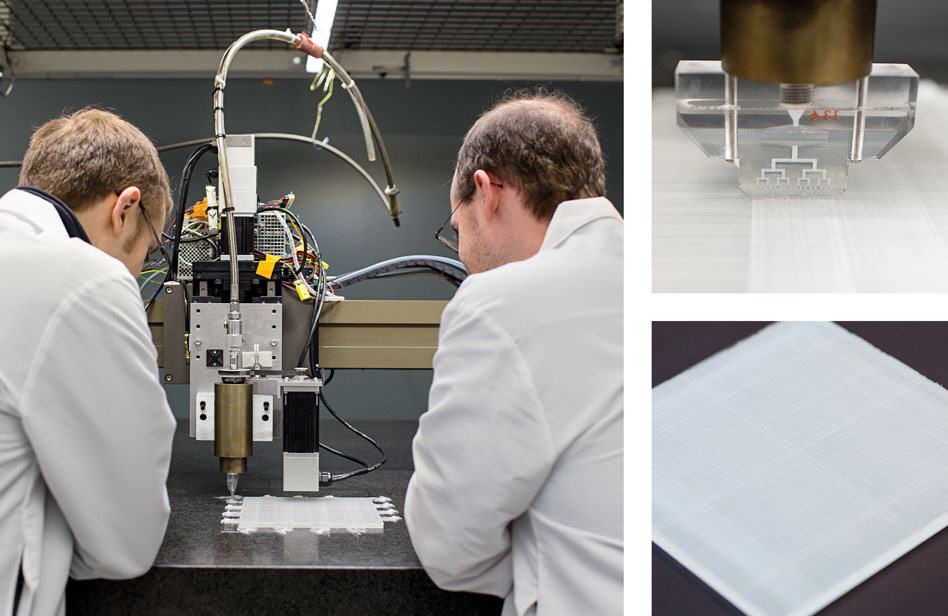 Credit: Nature Communications.
Credit: Nature Communications.
Bioinks are materials used to create living tissues using 3D printing technology. They usually consist of living cells enclosed in a three-dimensional molecular scaffold, usually a biopolymer gel.
Unlike a conventional 3D printer that prints an inanimate object to the specifications of a digital model, bioinks produce living tissues that are constantly changing. As cells grow and multiply, they absorb substances from outside (for example, food), process them, and then produce new compounds.
It's a completely different process from what you and I usually think of when we hear about 3-D printing, but the bioinks definitely have a purpose. For example, this technology could be used to print body tissues and eventually entire organs.
Custom 3D printer used by scientists. A. Duraj-Thatte, A. Manjula-Basvanna et. al./Nature
Researchers from Virginia State University, Harvard University and Northwestern University have demonstrated innovative bioink technology. For the first time in the world, they made printing inks directly from microorganisms, without any other additives or polymers.
For the first time in the world, they made printing inks directly from microorganisms, without any other additives or polymers.
"Microbial ink is a new class of bioink that is produced entirely from modified microorganisms and represents a new platform for the creation of environmentally friendly bioink. The use of engineered microorganisms in microbial ink allows the production of functional living materials and 3D living architecture with predetermined shapes and patterns for various biotechnological and biomedical applications.Microbial ink can be useful for better understanding of microbiomes and applications in tissue engineering.On the other hand, microbial ink can be used to create structural living materials both on Earth and in extraterrestrial habitats.It should be noted that in the latter case it is difficult to transport all the raw materials from the Earth," said Avinash Manjula-Basavanna of the Wyss Institute for Biological Engineering at Harvard University.

When printed on a discrete shape such as a rectangle or circle, the ink remained stiff and did not flake or bleed. credit. Duraj-Thatte et al., Nature Communications
Manjula-Basavanna's laboratory specializes in a new and exotic field of science known as Engineered Living Materials (ELMs), which involves the development of materials composed of living organisms. These materials can be very useful depending on the application and the type of cells used as a bioink. ELMs can be self-healing, self-regulating, self-regenerating, and highly sensitive to the environment. Since they are biological in nature, they are also very environmentally friendly and recyclable.
"Like a seed that stores all the necessary information within itself to allow it to obtain resources from the environment and grow into a huge tree, the ultimate goal of ELM is to program living cells to create macroscopic materials with the functions of living organisms," says Manjula-Basavanna.
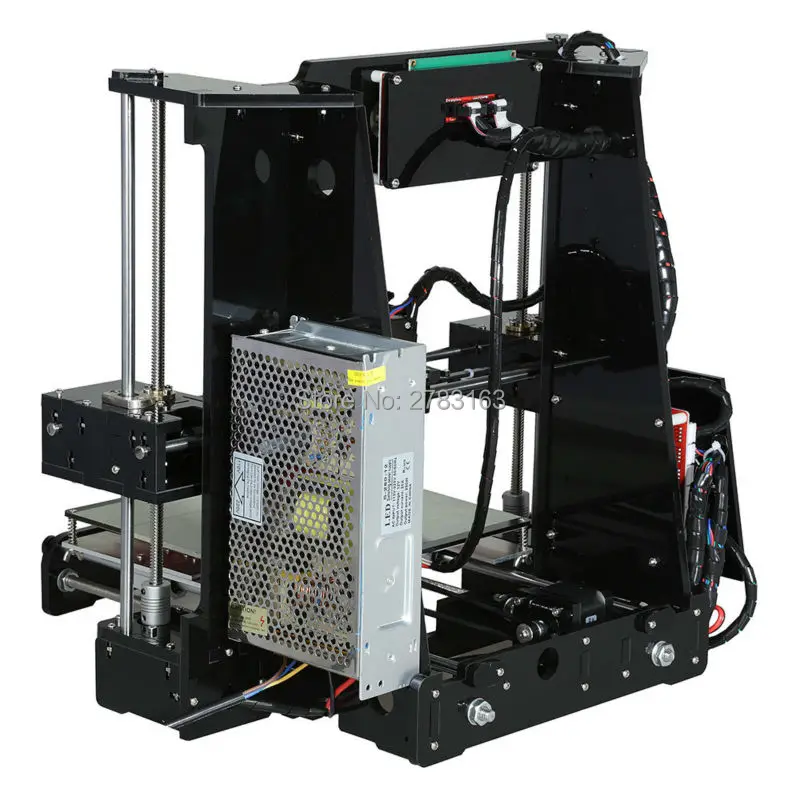
"To date, ELM researchers have been able to develop programs to create a wide variety of materials from living cells. But it is quite difficult to create a three-dimensional material of a certain shape, size and pattern from programmed cells using the "bottom-up" method, and therefore we proposed using the approach " top-down", based on 3D printing. 3D printing requires bioink, which can provide a favorable environment for living cells, as well as allow you to create the desired 3D architecture. Therefore, we decided to program the E. coli (Escherichia coli) biofilm extracellular matrix for creating microbial ink".
Programmable microbial ink for 3D printing of living materials
Researchers have isolated nanofibers from genetically modified E. coli that can be concentrated and printed into desired 3D structures. The ink was then combined with other cultures of modified E. coli microbes, turning the material into an extrudable hydrogel that could be "squeezed" out of a 3D printer's nozzle.
This turned out to be quite a difficult task. Until now, no one has been able to create a biogel exclusively from microbes, since it must have the right degree of density, viscosity, fluidity and structural integrity.
To achieve this, we implemented a genetically programmed cross-linking technology based on fibrin, the protein responsible for the formation of blood clots through the interaction of alpha and gamma modules (see Figure 1). Through a detailed analysis of microbial ink, we have shown that our strategy is not only effective and successful, but also simple, since bioink can be obtained directly from microbial culture using a simple filtration protocol, says Manjula-Basavanna, “This is one of the first examples of property management material of biological origin with the help of rational genetic engineering. We plan to further develop these areas so that their biological properties can compete with (and eventually replace) existing materials that harm the environment,” added Neil S.
Joshi, assistant professor of chemistry and chemical biology at Northeastern University and author correspondent of the new study
A wide variety of biological materials are produced by multicellular organisms. In some cases, as in the production of cellulose, naturally occurring microbes are used, and in the production of artificial spider silk, for example, microbes have been engineered. And they can be used to produce biomaterials both on Earth and beyond. In addition, scientists have created another material that absorbs the toxic chemical BPA, which is widely used in the industrial production of plastics and rubber.
"We believe that this technology can make a big difference in changing the current linear pattern of materials production (i.e. mining - use - disposal) to a more cyclical and sustainable one (i.e. bioproduction - use - biorefinery)," Joshi said. .
A new technology for the development of living materials has a promising future, but there is still a long way to go. The Harvard team says the new biomaterials could be used in oncology or even to power future colonies on Mars.
The Harvard team says the new biomaterials could be used in oncology or even to power future colonies on Mars.
Source: https://www.nature.com/
recommendations
We recently reported on a similar event when scientists from the Universities of Vermont, Tufts, and Harvard created new life forms capable of producing "offspring" using artificial intelligence. ". By reshaping the biorobots, the researchers plan to use them to destroy cancer cells or create tissue for organ transplants.
This material was written by a site visitor and has been rewarded.
Harvard scientists have created an autonomous swarm of BlueSwarm 3D printed robots
News - not bipedal athletes in swimsuits, but fish huddled in flocks. Schools of the same herring often do not consist of thousands, or even millions, but billions of individuals, while the fish somehow manage to coordinate movements, performing group maneuvers with such clarity that any Olympic team would envy them. The very mechanism of coordination of movements is interesting, because fish do not have any centralized control.
The very mechanism of coordination of movements is interesting, because fish do not have any centralized control.
The mechanism is not yet fully understood, but scientists call this behavior "implicit coordination": individuals make decisions based on the behavior of their neighbors. For example, one fish, smelling a predator or food, can turn aside. Following it, the neighboring fish also turn, and then the domino effect is triggered, and the whole flock is already turning. The effect of movement synchronization without centralized control has long been of interest to roboticists, including researchers from the Wyss Institute for Biologically Inspired Engineering and the Department of Engineering and Applied Sciences at Harvard University, who undertook to reproduce the behavior of fish schools.
“Robots are often used in places that are inaccessible or too dangerous for humans, places where human intervention may not even be possible. In such situations, it is very advantageous to have an autonomous, self-sustaining swarm of robots. Using implicit rules and 3D visual perception technologies, we were able to create an underwater system with a high degree of autonomy and operational flexibility - for an environment where things like satellite navigation and Wi-Fi are not available, ”says Ph.D. Florian Berlinger, one of the authors of the project blueswarm.
Using implicit rules and 3D visual perception technologies, we were able to create an underwater system with a high degree of autonomy and operational flexibility - for an environment where things like satellite navigation and Wi-Fi are not available, ”says Ph.D. Florian Berlinger, one of the authors of the project blueswarm.
Harvard scientists already have experience in creating swarms: earlier, a team from one of the laboratories of the Wyss Institute, led by professor of computer science Radhika Nagpal, designed a self-organizing swarm called Kilobot ( in the illustration above and see video ), consisting of a thousand, more precisely from 1024 robots. However, this swarm functioned in two dimensions: the robots demonstrated the ability to independently line up in geometric shapes on a flat work surface. This time it was necessary to construct a swarm capable of coordinating movements in three-dimensional underwater space.
In the new system, robots coordinate movements by tracking the position of other members of the swarm using LED markers. Each robot is equipped with three LEDs and two cameras with ultra-wide-angle distorting lenses, colloquially called "fisheyes", which in this case is very appropriate. The rest is a matter of special algorithms and mobile platforms made using 3D printing and imitating the movements of real fish due to motorized tails and fins controlled by Raspberry Pi microcomputers. In the current version, the swarm is able to disperse, gather back into a flock, and perform simple coordinated movements, such as lining up in a circle. Robots interact in much the same way as real fish.
Each robot is equipped with three LEDs and two cameras with ultra-wide-angle distorting lenses, colloquially called "fisheyes", which in this case is very appropriate. The rest is a matter of special algorithms and mobile platforms made using 3D printing and imitating the movements of real fish due to motorized tails and fins controlled by Raspberry Pi microcomputers. In the current version, the swarm is able to disperse, gather back into a flock, and perform simple coordinated movements, such as lining up in a circle. Robots interact in much the same way as real fish.
“Each Bluebot reacts implicitly to the position of its neighbors. For example, if we want the robots to gather in a group, each Bluebot will calculate the position of each of its neighbors and move towards the center. If we want the robots to disperse, they perform the same steps in reverse order. If we want them to swim in circles like a flock, the robots will follow the lights directly in front of them in a clockwise direction,” explains Florian Berlinger.
One of the clear demonstrations of the coordinated work of the swarm is the search for the red light bulb in the aquarium. Using the dispersion algorithm, the fish are distributed throughout the volume of the tank until one of them detects the target. After that, the LEDs on the robotfish itself begin to blink, attracting other fish, which in turn turn on the formation algorithm and gather in a flock around a lucky relative. The report of the scientific team is published in the journal Science Robotics at this link.
Swarm BlueSwarm in action:
Harvard Wyss BlueSwarm Kilobot
Follow author
Follow
Don't want
5
More interesting articles
eight
Follow the author
Follow
Don't want
The new hot ends complement the Revo ecosystem offered since the beginning of this year - quick replacement.


